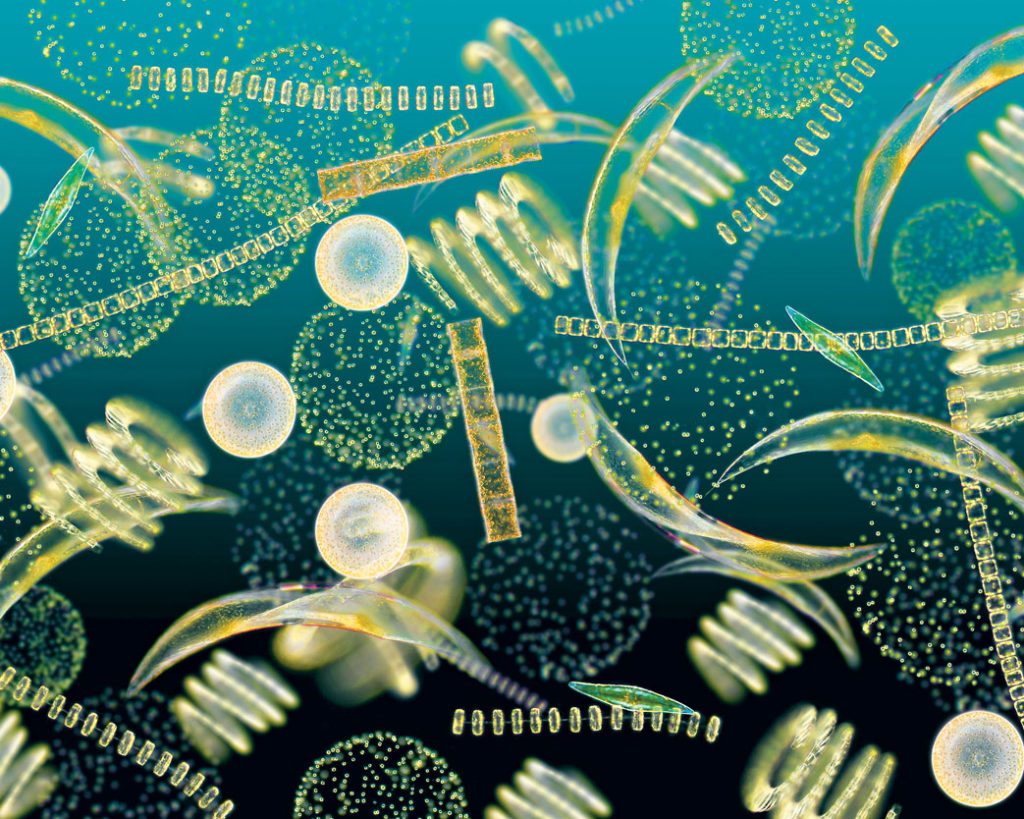- Archive
- Living Station Inspiration
Purpose of this website
“In the long history of humankind (and animal kind, too) those who learned to collaborate and improvise most effectively have prevailed.”
Charles Darwin
This Bio Research page is a platform, a collection of knowledge linked to Bio Art and Bio Design in the broadest sense. The aim of this website is to educate, inspire and wonder you about our exquisite nature and all its inhabitants. And also to start practicing DIY (do-it-yourself) biology.Throughout the years we build a large network of artists, designers, scientists, physicists in our practice, being an artist and designer. We learned, shared, failed and continued. The content on this page is something which is in our minds for years, finally published to share with a broader public.
At this moment in our society the design of materials has never been so questioned and researched about sustainability and plasticity of the matter in itself. Through the challenges of finding materials that can fit in the human necessities, technologies are created to understand and develop these materials in a nano-scale structure, to be printed and reused, which are definitely an evolution and improvement of human techné in sustainability and the creation of cultural objects that represents our contemporary society.
We discuss the anthropocene, capitalocene and many other titles that represent the human force upon nature (as if we are not part of it) to build our objects, architectures and artefacts, however this action also leads to the destruction of the natural environment. The design cycle that we have planned is not a closed cycle. The world is polluted. Combined with this we also fear the scarcity of the resources that we are used to design. Makers, professionals of different disciplines and experimentalists push the design vector to think about alternatives that can replace the materials that will be out of ‘stock’ and create new ones to be more sustainable and effective.
The way we design still very much ‘human centered’, which means an approach to interactive systems development that aims to make systems usable and useful by focusing on the users (or consumers), their needs and requirements, and by applying human factors, ergonomics, usability knowledge, and techniques. But how does this affect the other species in the world? We use them in such a way that they are able to develop or grow according to our desires, but what is the effect on the long run for our ecosystems? What if the focus of these alternatives were in the core of the design in itself? How can we change the process of material development and our ways of production? What if we design together with the living?
Emma van der Leest & Ivan Henriques
